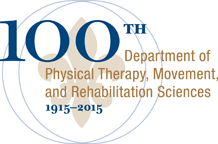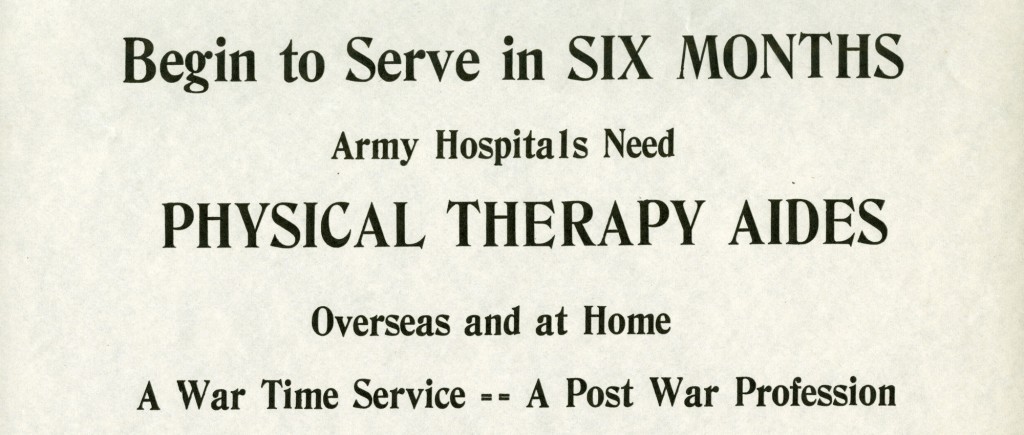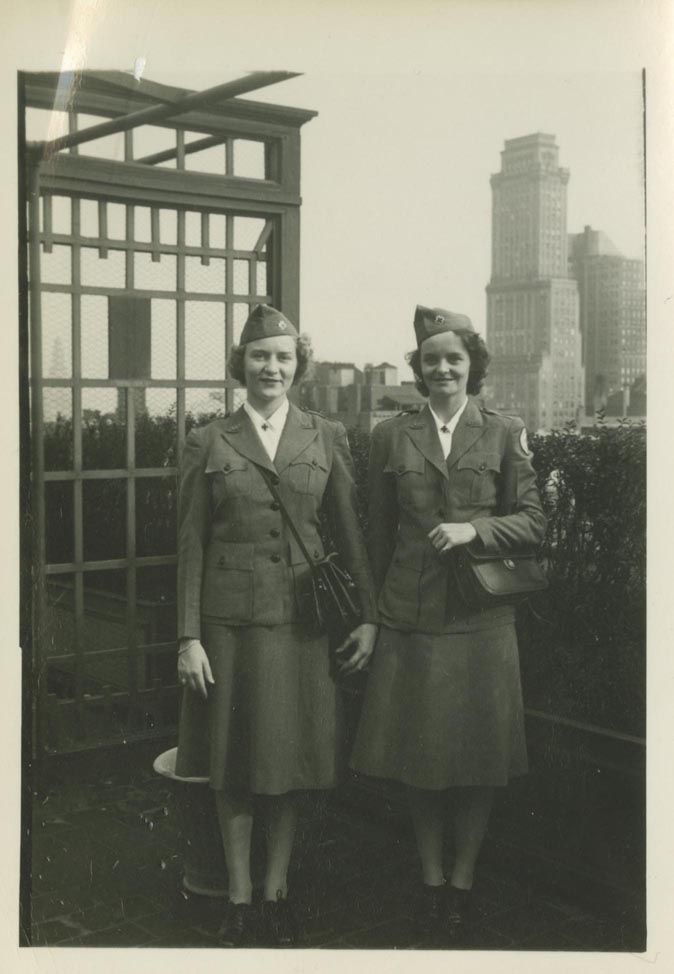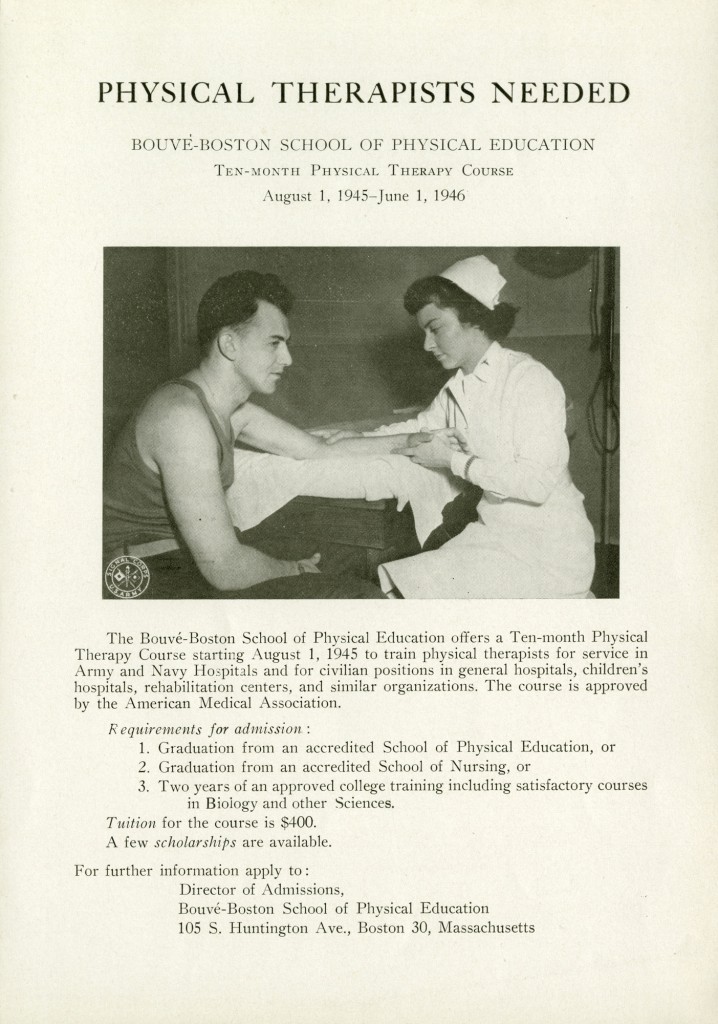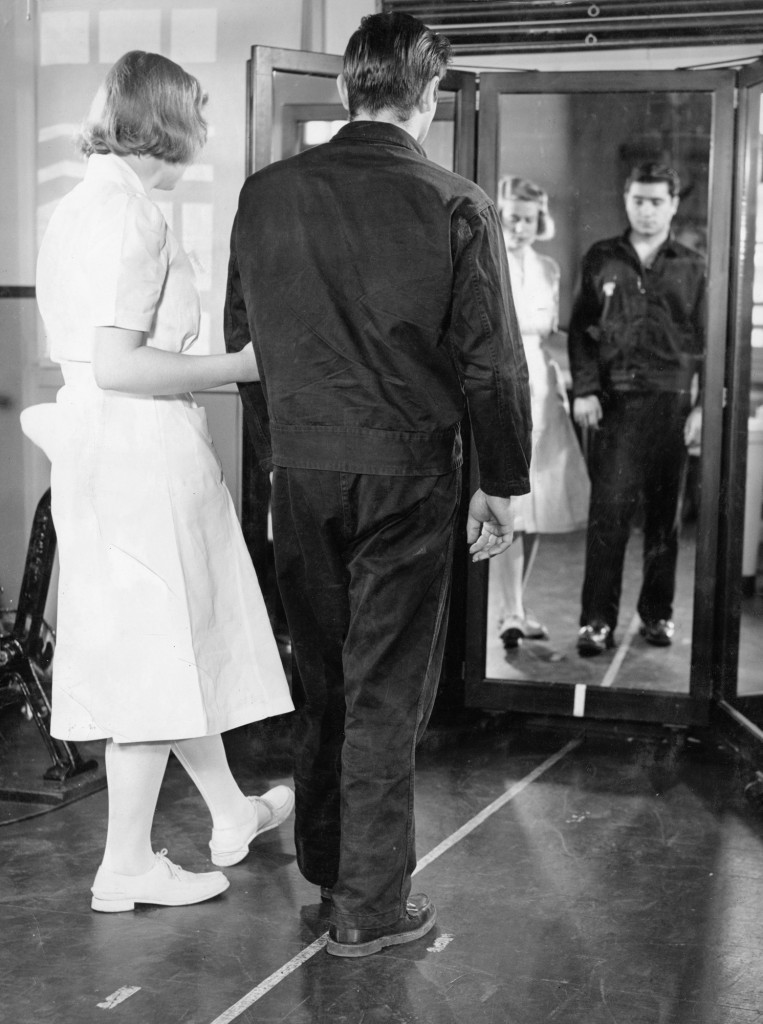“…an unusual professional opportunity”
Bouvé-Boston School of Physical Education promoted both their physical education and physical therapy programs amidst the flux of WWII. A series of demonstrations, performed for the greater Boston community, linked recreation and coordination to the preservation of American democracy. School leaders brought BBSPE to the attention of officials in Washington through personal advocacy and offers to host emergency physical therapy courses. In 1942, Marjorie Bouvé lobbied Senator Henry Cabot Lodge to support passage of the Edmiston Bill, which extended legal protections to physical therapists serving overseas. Tested through a series of crises, BBSPE emerged as a leader in physical therapy education by mid-century.
“…a tremendous need for physical therapists”
BBSPE emergency courses prepared physical therapists for both foreign and domestic service. Between 1943-1945, nearly thirty women graduated the Bouvé program, and several Bouvé students trained at Army hospitals. Whether treating soldiers’ wounds or leading veterans through rehabilitation exercises, graduates met the call of the U.S. Civil Service Commission for a corps of physical therapy aides with vigor and professionalism.
